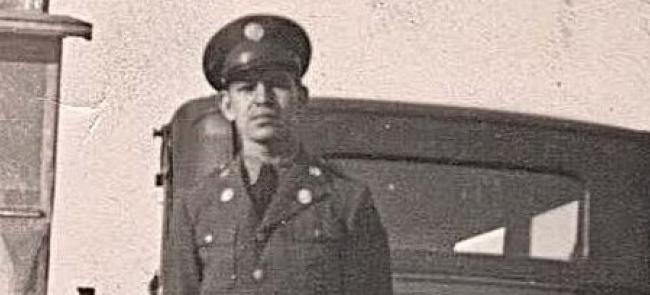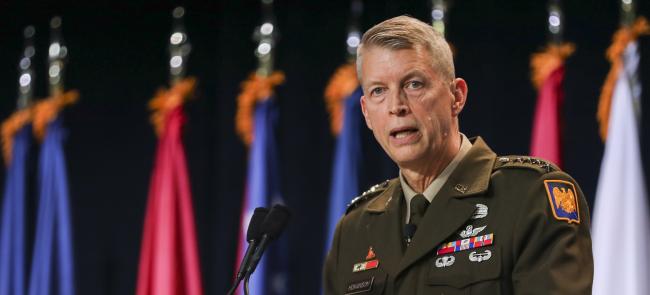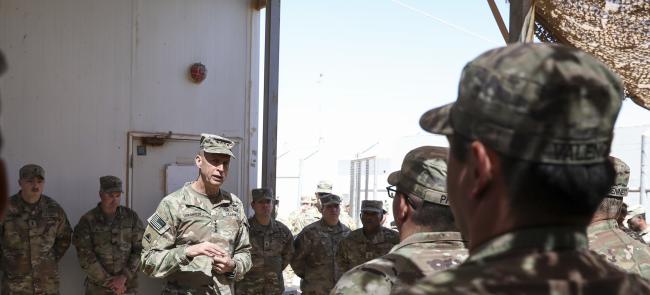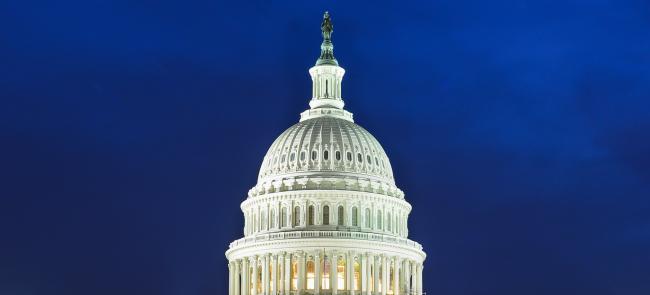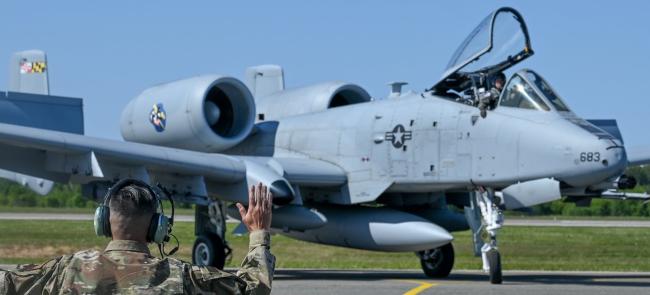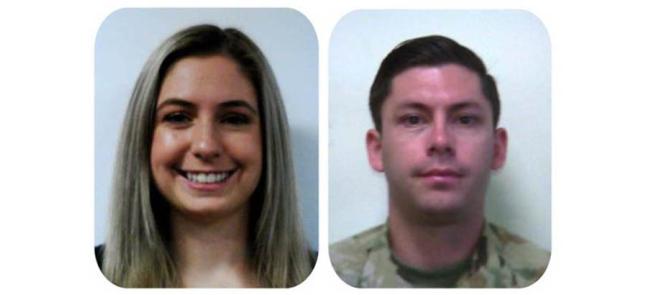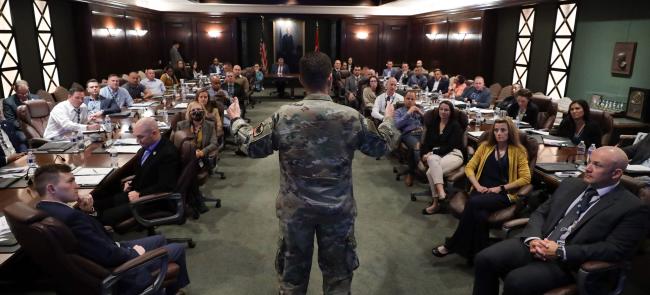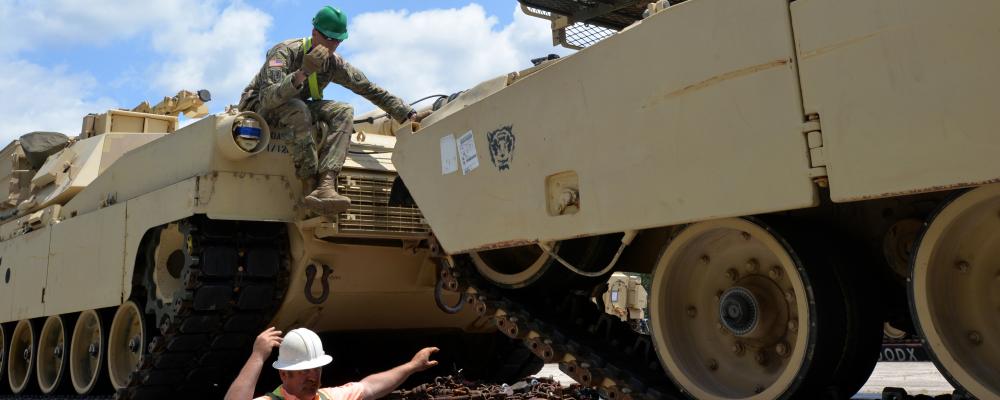
A recent RAND Corporation report exploring how the Army Guard and Reserve may be used in the next major conflict questions the ability for key combat units to deploy on short notice.
The report explores how the reserve components may be used in a short-notice conflict similar to Operation Desert Shield/Desert Storm or a possible fight on the Korean peninsula.
“A Throughput-Based Analysis of Army Active Component/Reserve Component Mix for Major Contingency Surge Operations,” was sponsored by the Office of the Secretary of Defense for Reserve Affairs.
The report’s authors write that deploying small enabler units — and not large brigade combat teams — should be the priority for the Guard and Reserve in the early days of a major overseas conflict.
“Few, if any, reserve component BCTs and CABs can be mobilized and made ready in time to meet most demands, regardless of when the mobilization decision is made,” the report states.
This runs counter to recent decisions that have Guard armored BCT training significantly more days a year in order to be faster to the fight when called.
The RAND report was compiled based on discussions with key Army commands and organizations involved in the planning and execution of force flows, mobilization and training.
The research also used analytic modeling of the mobilization and post-mobilization training process.
The report did not take into account the cost of training, maintaining or deploying units in the active or reserve components. It also notes there are other considerations that influence force mix between the active and reserve components, such as homeland defense, stability operations and rotational support for long wars.
Officials said the report was meant to explore the perennial challenge of balancing capabilities between the active and reserve components while exploring what can be done to maximize the number of ready forces from the Army’s reserve components for the next fight.
RAND researchers found tension between two required timelines — one is the timeline driven by combatant commanders and the other is the time it takes units to be mobilized and made ready.
The report advocates for the Army to adopt an approach more similar to how the Air Force uses its reserve component forces, which are typically integrated at a lower echelon and require the readiness of individual aircraft and crews, not full units.
“The ability of less-complex, smaller entities to mobilize and deploy more quickly is critical,” the authors wrote. Those smaller support and sustainment units generally take less time to mobilize than larger units with combat missions.
It also suggests key enabling units should either be maintained in the active component or kept in the reserve component but maintained at especially high readiness.
Historical deployment data cited in the research suggest the Army already relies on reserve-component enabler units more than maneuver units.
The report also notes the lack of strategic lift and availability of transportation would also harm the ability of a large brigade combat team to deploy quickly. As does constraints in the capacity of the mobilization process.
Authors of the study said possible actions include mobilizing units earlier, if warning is received in advance and if early mobilization is politically and practically feasible, and expanding mobilization capacity.
Other possible actions involve shortening the post-mobilization training time or having units deploy at lower readiness standards and accepting the risk.
The full report is available online.


